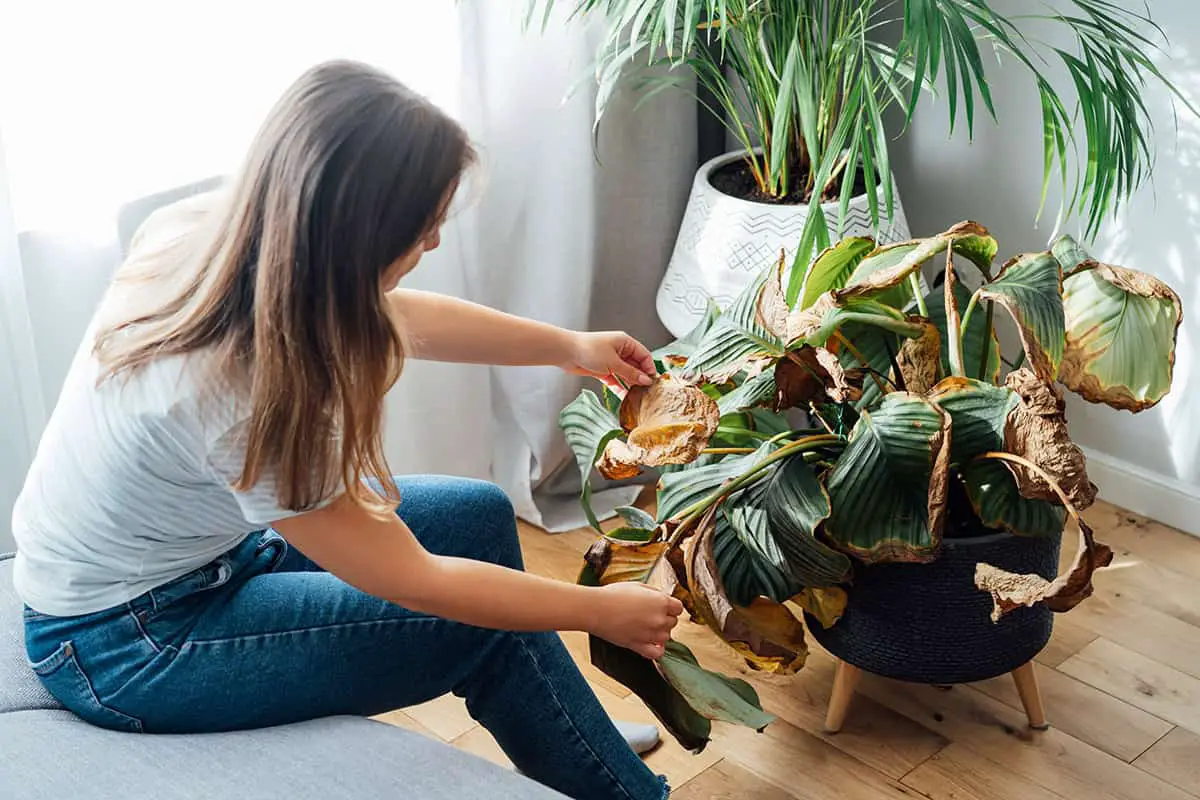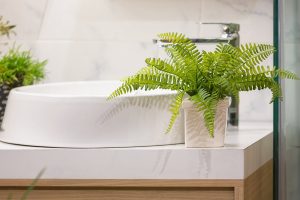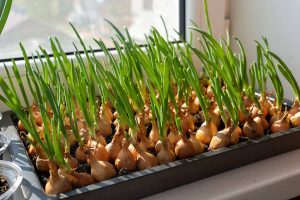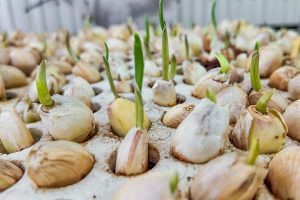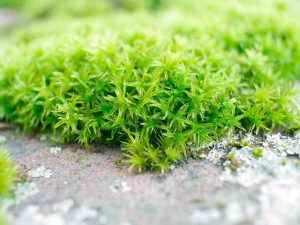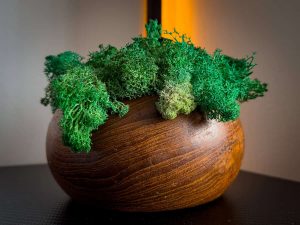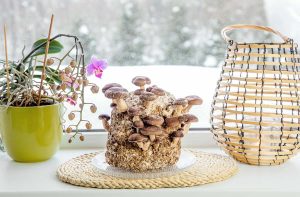You’ve brought home a beautiful new houseplant, only to find it wilting and lifeless a few weeks later despite your best efforts. Understanding why houseplants die can help you avoid common mistakes and keep your plants thriving. Discover the key reasons behind houseplant failures and how to prevent them so that your indoor garden remains lush and healthy.
Table of Contents
Reasons That Houseplants Die
Houseplants can perish due to various factors including incorrect watering, lighting issues, and extreme temperature changes. Each issue can stress the plant, making it more susceptible to diseases and pests.
Overwatering
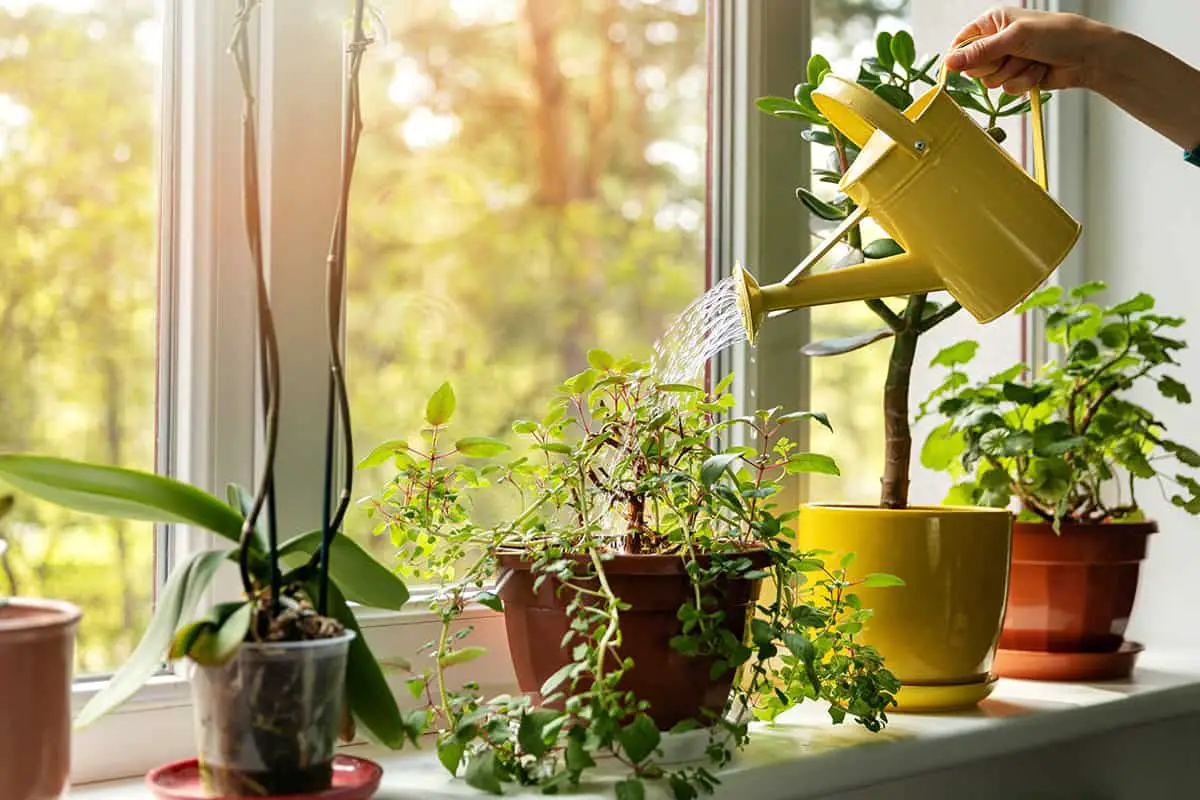
Overwatering is a common cause of houseplant death. Excess water suffocates the roots by filling up air pockets in the soil, leading to root rot. When roots can’t breathe, they decay, making it impossible for the plant to absorb nutrients and water.
Symptoms include yellowing leaves, wilting, and a musty smell from the soil. Always let the soil dry out before watering again. If unsure, use a moisture meter to gauge soil moisture levels. This can prevent overwatering and root rot significantly.
Underwatering
Underwatering deprives houseplants of necessary moisture, leading to dehydration. Signs include dry, crispy leaves and stunted growth. The soil often pulls away from the pot’s edges, indicating it’s too dry.
To avoid this, water your plants as soon as the topsoil feels dry to the touch. Consistently check the soil’s moisture level to ensure it is neither too dry nor too wet. Regular, even watering schedules help maintain moisture balance.
Poor Drainage
Without proper drainage, water accumulates at the plant’s roots, causing decay. This problem often arises from pots with no drainage holes or using dense, compacted soil.
Plants in such conditions display symptoms similar to overwatering: yellow leaves and drooping stems. Use pots with adequate drainage holes and a well-draining potting mix. Adding materials like perlite can improve soil aeration and prevent water accumulation.
Insufficient Light
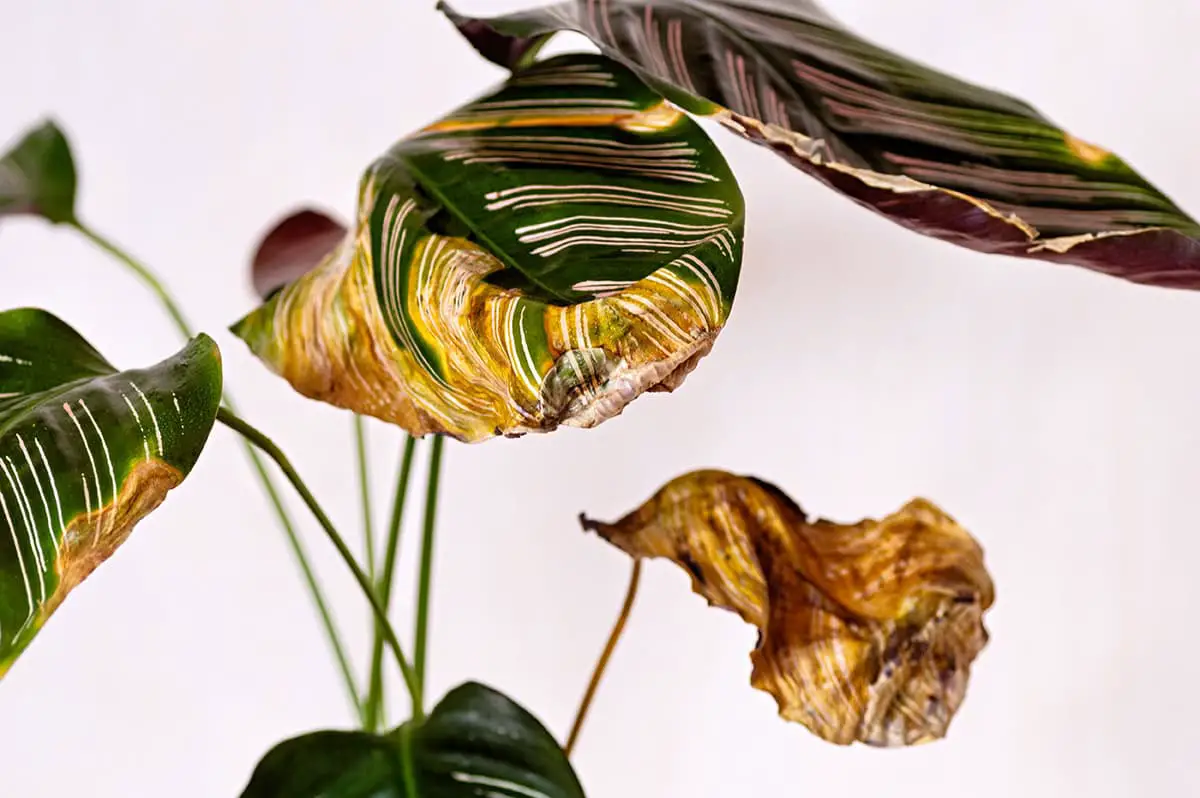
Lack of light impedes photosynthesis, causing poor growth and leaf drop. Plants may become leggy as they stretch toward any available light.
Different houseplants have varied light requirements. Low-light plants can tolerate shaded spots, but many houseplants need bright, indirect light.
Place your plants near windows but avoid direct sunlight for those that burn easily. Consider using grow lights if natural light is insufficient.
Excessive Light
Too much light can scorch houseplant leaves, leading to sunburn and wilting. Symptoms include brown, crispy leaf edges and faded, bleached leaves.
Plants that prefer low to medium light are especially prone to this. Place such plants away from intense, direct sunlight. Use sheer curtains to diffuse light or relocate plants to spots that receive indirect light. Adjust positioning seasonally, as sunlight intensity changes.
Temperature Extremes
Houseplants thrive within specific temperature ranges. Both hot and cold extremes can be detrimental.
High temperatures can cause rapid water loss, while low temperatures can freeze plant cells, causing tissue damage. Signs include browning leaf tips and wilting.
Keep plants away from drafty windows, heaters, and air conditioners. Maintain a consistent indoor temperature between 60 and 75 degrees Fahrenheit for most houseplants.
Low Humidity
Many houseplants originate from tropical climates and need high humidity. Indoor humidity levels can often be too low, especially during winter heating.
Signs of low humidity include curling leaves and brown edges. Increase humidity by misting plants, using a humidifier, or placing plants on a tray filled with water and pebbles. Grouping plants together can also create a microenvironment with increased humidity.
Pest Infestations
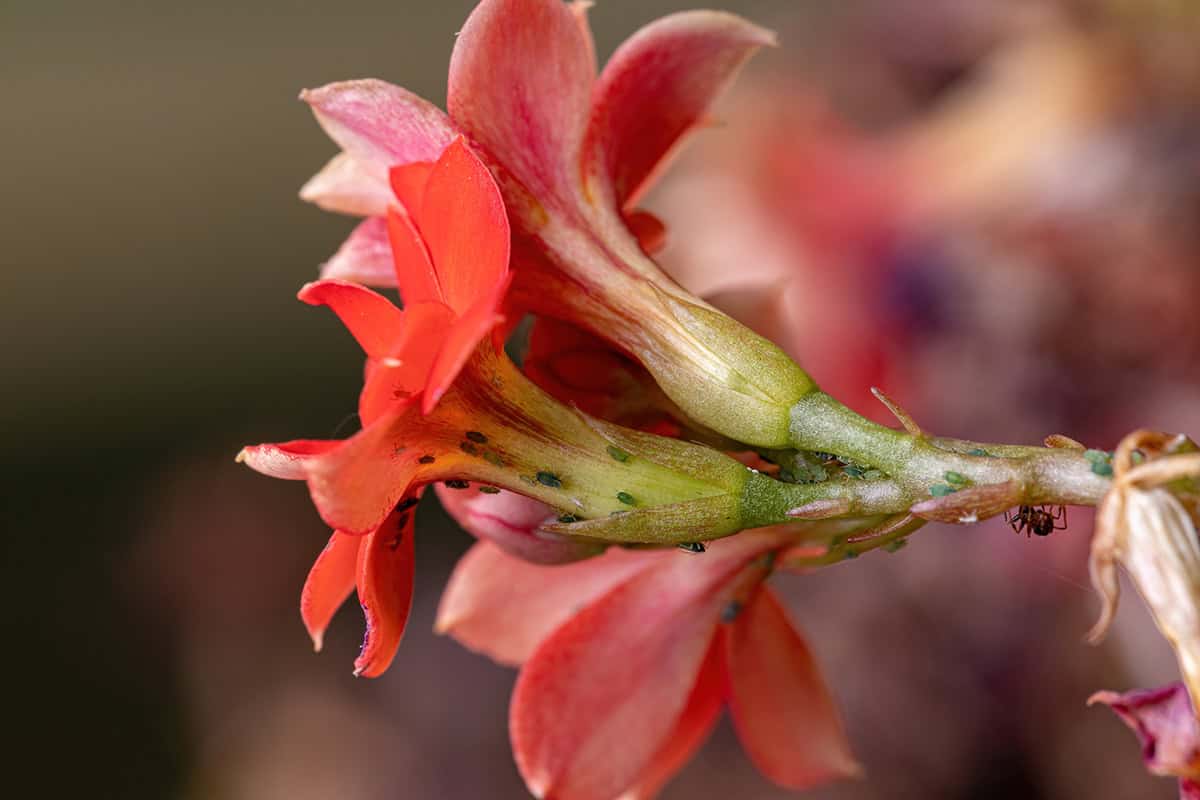
Pests like aphids, spider mites, and mealybugs can infect houseplants, leading to their decline. These pests suck sap from the plants, causing yellow leaves and stunted growth.
Regularly inspect your plants for signs of pests, such as webbing or tiny insects. Treat infestations promptly using insecticidal soap or neem oil. Isolate affected plants to prevent pests from spreading to other houseplants.
Disease
Fungal, bacterial, and viral infections can quickly kill houseplants. Common diseases include root rot, powdery mildew, and bacterial leaf spot.
Symptoms vary widely but often include discolored leaves, spots, and mold. Ensure proper watering practices, good air circulation, and hygienic conditions to prevent disease. Remove and discard infected plant parts to contain the spread. Use sterile tools and clean pots when repotting.
Incorrect Pot Size
Using pots that are too big or too small can stress houseplants. A pot that is too large retains excess moisture, while a small pot restricts root growth.
Symptoms include slow growth and root-bound conditions. Choose pots that allow root growth without overwhelming the plant with excessive soil. Repot plants into slightly larger containers as they grow to ensure healthy root development.
Neglect
Neglecting houseplants leads to their gradual deterioration. Lack of regular care such as watering, pruning, and checking for pests can leave plants stressed.
Symptoms of neglect include wilted leaves, dust accumulation, and general unhealthiness. Establish a regular care routine including consistent watering, dusting leaves, and checking for signs of stress or pests.
Improper Pruning
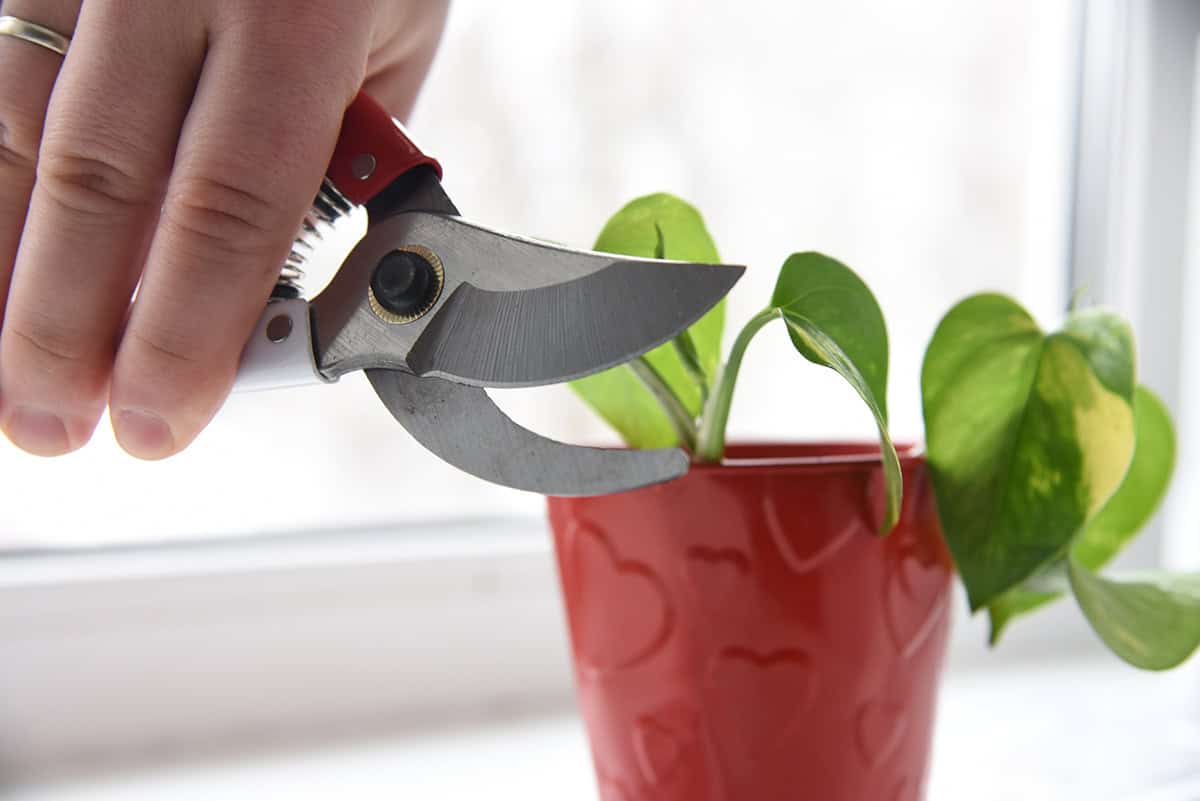
Incorrect pruning techniques can harm your houseplants. Over-pruning weakens plants, while under-pruning can lead to overcrowded growth.
Symptoms include unbalanced growth and reduced flowering. Use clean, sharp tools to make precise cuts and prune during the plant’s growing season. Remove dead or damaged parts to encourage healthy growth. Follow specific pruning guidelines for each plant type.
Overcrowding
Overcrowding plants can lead to competition for resources like light, water, and nutrients.
Symptoms include leggy growth and leaf drop. Ensure adequate spacing between plants to allow for airflow and light penetration. Group plants with similar care requirements together but provide enough space for each plant to thrive. Overcrowding also increases the risk of pest infestations and disease spread.
Lack of Air Circulation
Poor air circulation can create an environment favorable to diseases and pest infestations. Symptoms include mold growth and pests thriving on leaves. Ensure plants are not placed too closely together or in enclosed spaces. Use fans or open windows periodically to enhance air movement. Good air circulation helps maintain a healthy environment for houseplants, reducing the risk of issues caused by stagnant air.
